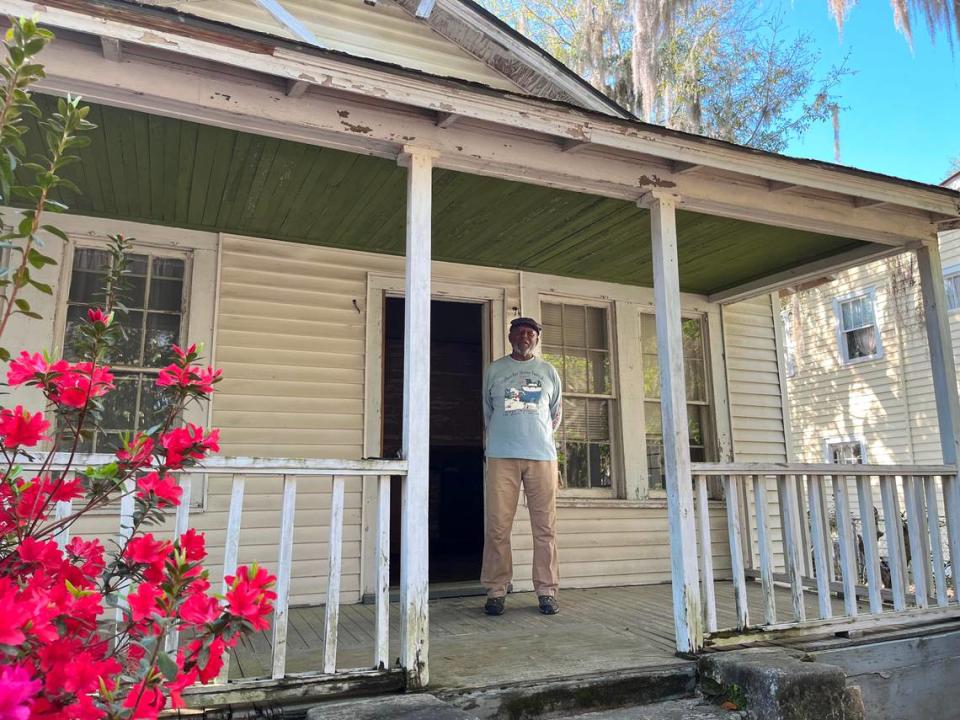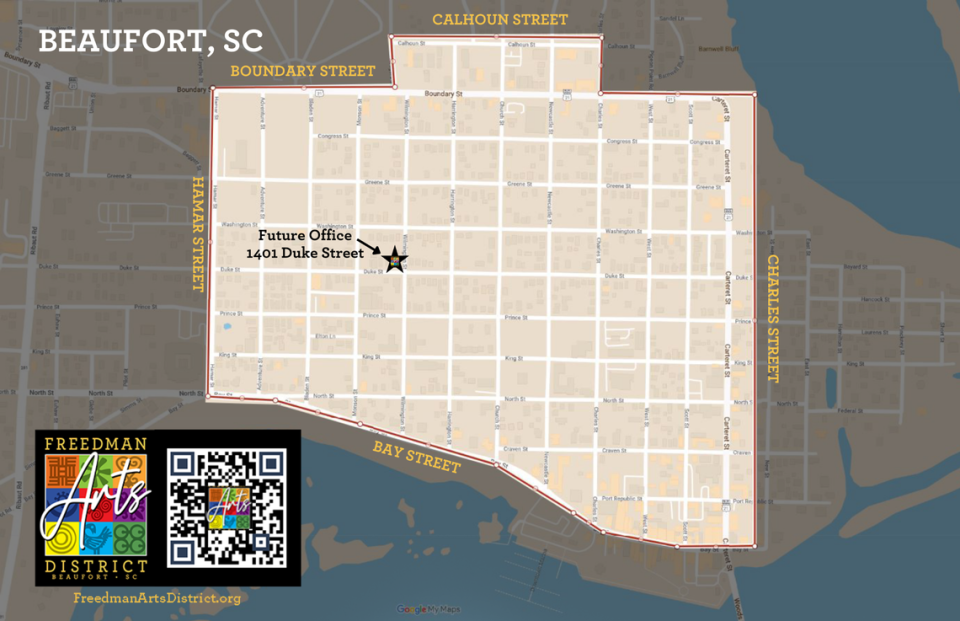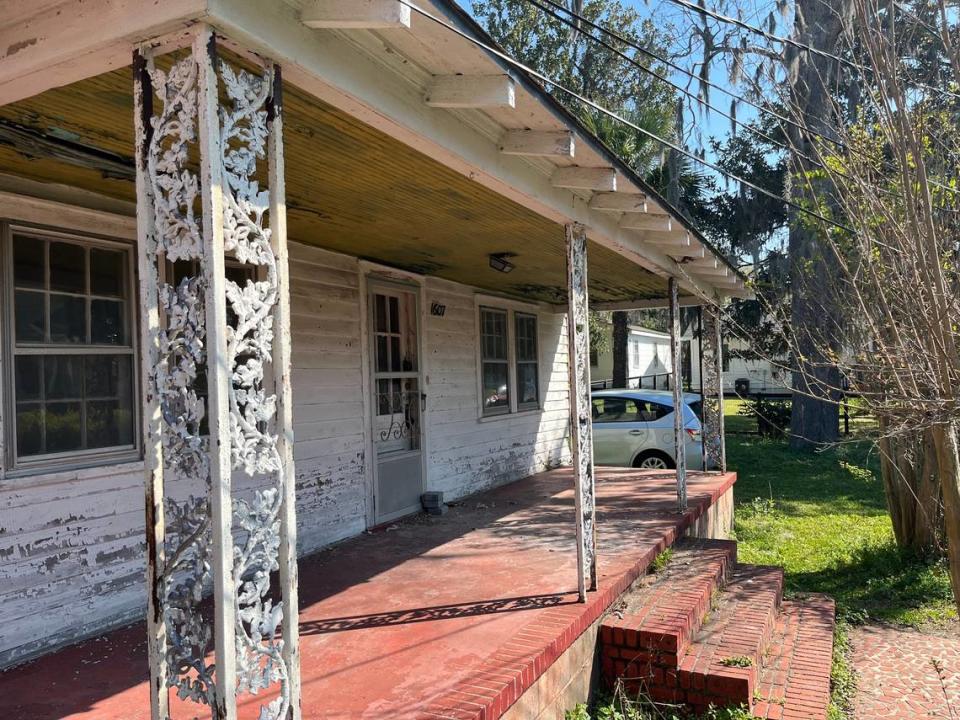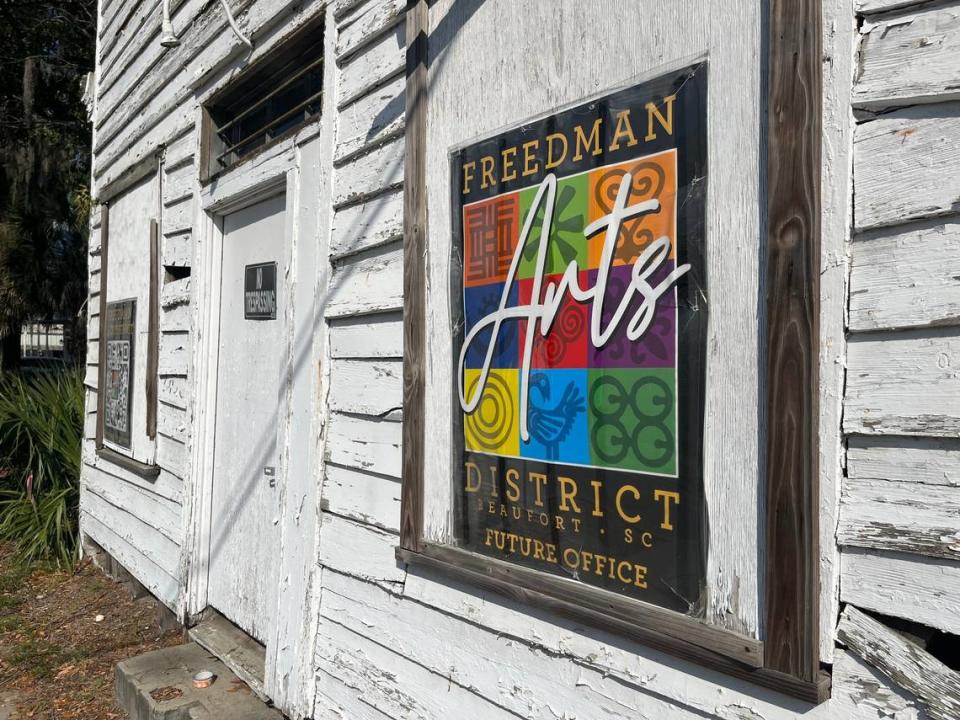At least 75 vacant houses dot these Beaufort neighborhoods. Here’s a plan to restore them
For a variety of reasons, more Black residents, even older established families, in Beaufort are finding it too expensive to maintain properties, with more houses falling into disrepair or becoming vacant, says Fred S. Washington Jr., who once served on the Beaufort City Council.
A new effort, spearheaded by the newly formed Freedman Arts District, is afoot to help revitalize Beaufort’s historically Black neighborhoods by investing in restorations of vacant houses, aided by a $1.2 million anonymous commitment.
The aim of the program is to assist property owners in restoring and renting out their houses, turning liabilities into assets, while retaining family ownership and preserving the architecture.
Washington sees the program as an opportunity for longtime residents to take advantage of Beaufort’s strong tourism economy and growing demand for places to stay.
“If you have another structure that can help support you — that you know there’s a market for visitors coming in — you can help generate some income,” Washington says.
A vacant property that Washington owns on Greene Street that’s seen better days is one of the first properties that will be renovated.
“I’m hoping this project will demonstrate there is an opportunity to maintain ownership,” he says.

The Freedman Arts District, where the work is focused, was launched in November. The area encompasses core downtown-area Beaufort neighborhoods. It’s also the name of the not-for-profit behind the initiative.
The district takes its name from previously enslaved people who built small timber-framed homes with gable roofs and a piazza that became known as “freedman cottages.”
The majority of the housing needs are in the Northwest Quadrant and Old Commons neighborhoods, which make up more than half of the new district, and were settled almost entirely by African Americans during and following the Civil War. Until the early 1990s, the district continued to house a largely Black population.
“These are the people who really made this neighborhood what it is,” says Stacy Applegate, the Freedman Arts District executive director.
With the $1.2 million, a revolving fund has been set up that’s being tapped for loans to complete the remodeling. The district will lease the property, then sublet it to a renter. A portion of the rent will go to the homeowner for cash flow. The rest will go toward insurance and taxes and maintenance management and repaying the revolving fund.
Applegate also will be writing grant applications to get additional funding.
Applegate estimates that at least 75 vacant houses in the district would be eligible for loans, with the majority in the Northwest Quadrant and Old Commons neighborhoods. Several projects are already underway.
The district also is promoting the area as a great place for artists to “live, create and market” and assisting them with finding places to live and getting permits for signs and marketing.
Artists, who are less picky about modern floor plans and prefer to walk, will be potential tenants of the restored homes, Applegate notes.
“They both increase the economic viability of this district,” Applegate said of the work restoring homes and promoting the arts.
It’s also a goal to expand enrollment in arts education at the University of South Carolina Beaufort.

One cause of the vacancies is the complex ownership situations among property heirs.
In the Lowcountry, heirs property often is owned by Black families whose tradition was to orally pass down possessions, including land, according to the Center for Heirs’ Property Preservation in Charleston. Without a clear title, it is a challenge for families to secure a mortgage or get financial assistance to improve property, the center says. The result is that families pay taxes on property that they are unable to improve, with the neglected land becoming a neighborhood blight. Family members also share common ownership, complicating the problem more.
Another factor in some homes falling into disrepair is the expense of meeting the higher standards of building rules within the historic district, where the properties are located, Washington says. He would like to see the city provide more assistance to property owners.
Washington’s hope is that the city can find a middle ground between preserving historic homes and keeping them affordable. Some local families, he says, are being priced out as a result of the city’s growth.
“Beaufort was a sleepy little town and I guess it’s not so sleepy anymore,” Washington says. “It’s a great tourist attraction. It’s a very scenic place and idyllic in many ways and the pace of living for many people is kind of ideal, although that’s changing.”
Applegate calls the effort to assist with the city’s housing issues a drop in the bucket, but adds, “It’s a start.”
The district, Applegate said, is trying to keep the restoration costs as low as possible. Once the house has rental history, she said, it can be easier to acquire a mortgage and pay back the revolving fund.

“This really could be nice with the right development,” says Ken Singleton, as he sizes up his property on Duke Street, noting its beautiful yard that includes a goldfish pond.
Singleton’s property also is slated for improvements through the program. Singleton wants to see it transformed so it’s no longer an eyesore and he, too, can benefit from the city’s growth and demand for quality housing.
In her research, Applegate says, she’s been unable to find a program quite like it in the country.
Owners of property in the city’s historic district that is designated a “contributing structure” are eligible for tax breaks when they invest in improvements. And the Historic Beaufort Foundation, a not-for-profit that works to preserve the city’s historical structures, has acquired and stabilized over 30 downtown-area properties in disrepair or slated for demolition. It places easements on the properties before selling them.
What makes the Freedman Arts District effort stand out from existing historic preservation efforts is its focus on restoring property and renting it out so it can remain in the family, Applegate says.
“Our goal is to keep the homes in the family, give them some current cash flow and create generational wealth,” she says.


